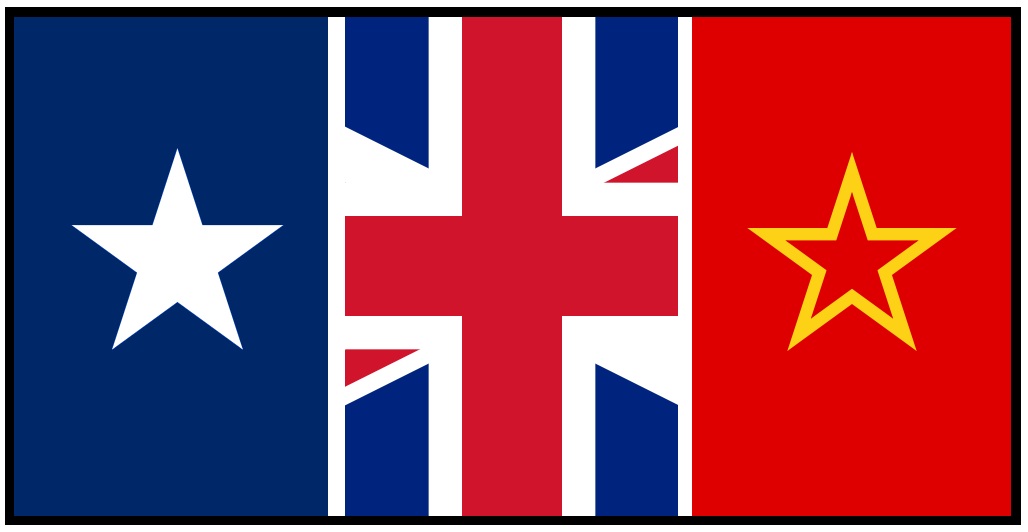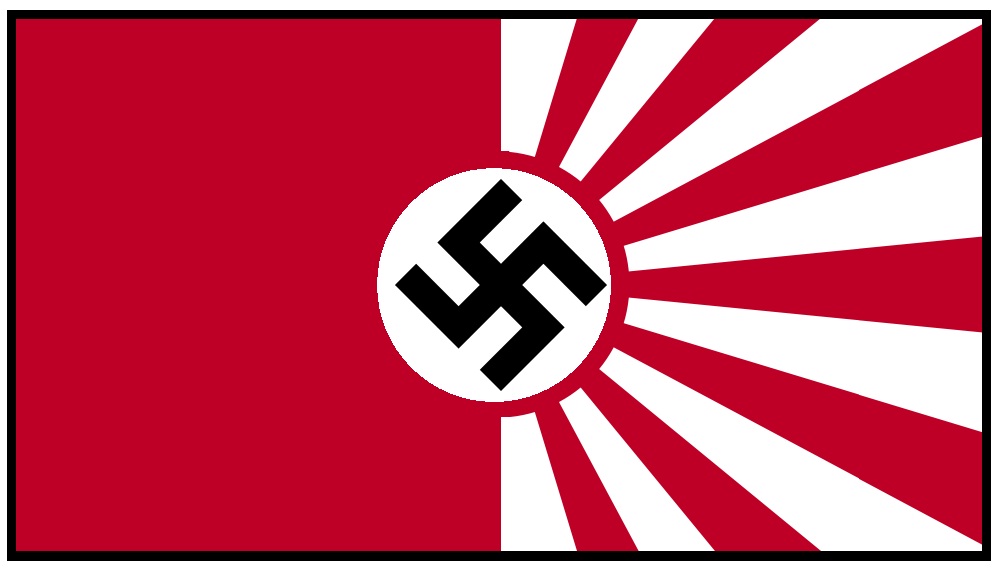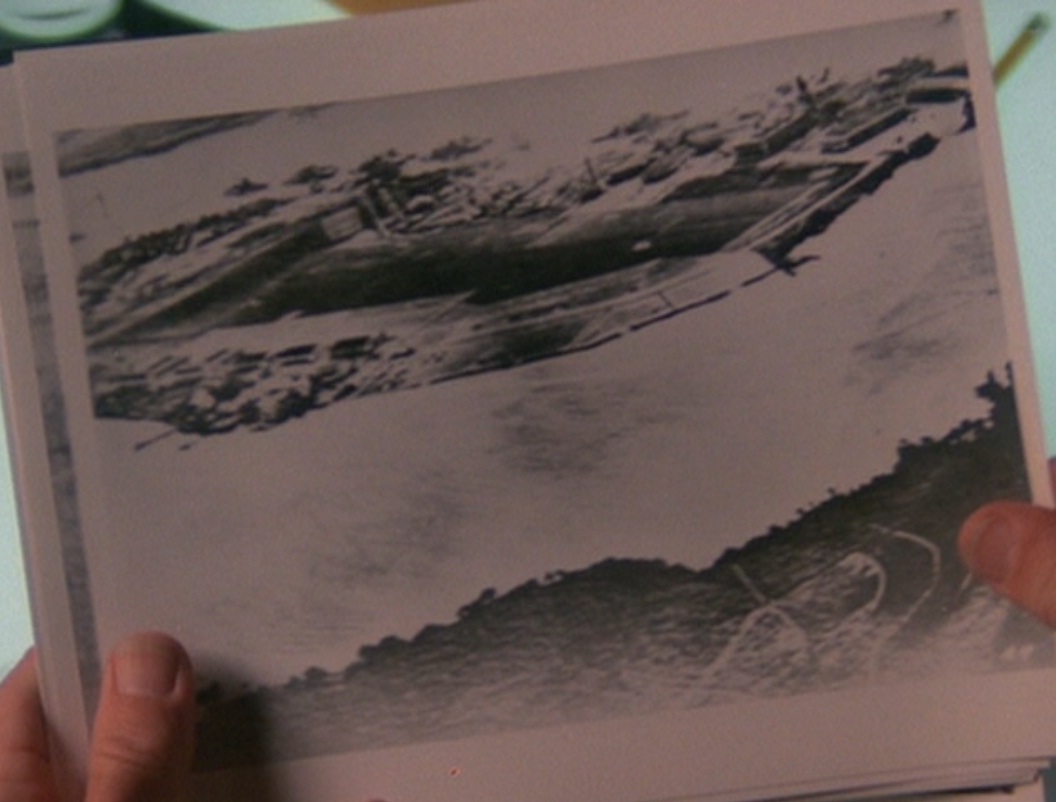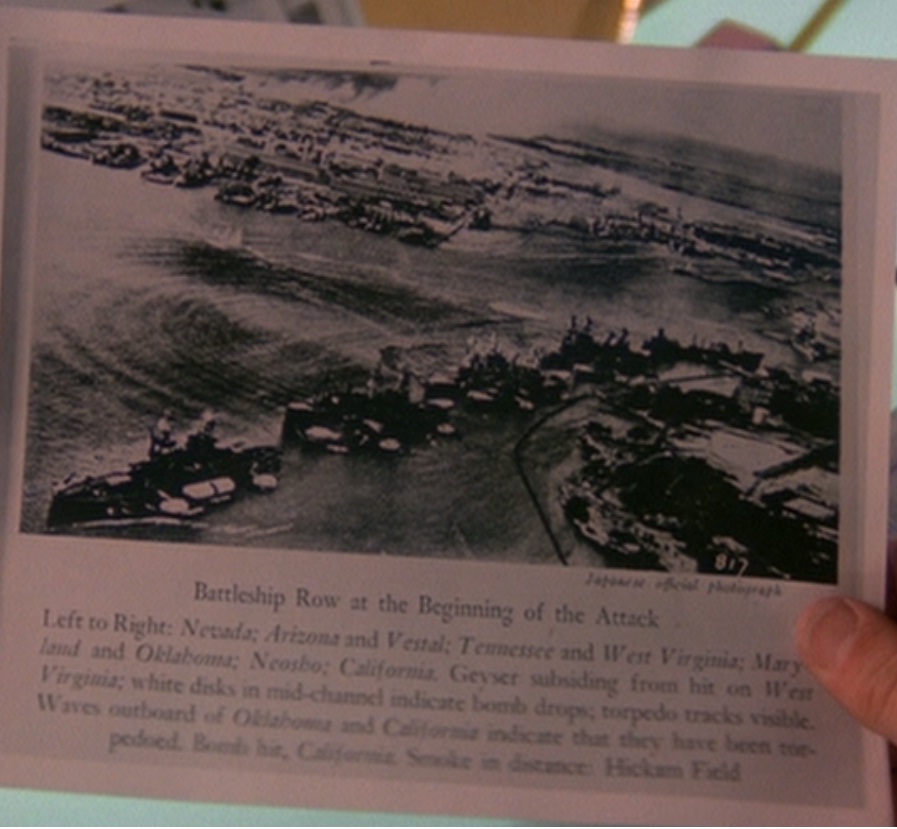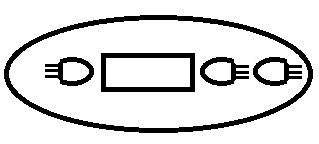I’ve been doing some more thinking about the non-recognition problem which Ossel mentioned a couple of posts above. I don’t have a definite solution to propose (if there was an easy and obvious answer, someone would already have found it by now), but here’s a possible avenue to explore.
As I noted in my previous post, the distinction between capital cites and non-capital cities is a bit problematic. It seems to me that the really fundamental distinction is in fact between cities which have well-known iconic structures and those which do not. Buildings like the Eiffel Tower are universally recognizable (even, as the Calvin and Hobbes comic strip once said, “to the untutored eye of the ignorant layman”), but even WWII enthusiasts like the members of this forum have been hard pressed to think of immediately identifiable structures in some of the VCs. The unfortunate reality is that some cities have structures which are known around the world, some have structures with a definite recognition factor among more restricted audiences (like WWII buffs), and some don’t seem to have structures that anyone other than the local population could identify right away.
So: if it’s not considered optimal to use a structure that is genuinely associated with a VC but which has a low recognition factor, what other approach can be used? Ossel has proposed using generic molded roundels. That would be one option. As I stated previously, my feeling is that it would be a shame to produce a mixed set of markers consisting partly of exquisite reproductions of famous buildings and landscapes and partly of abstract roundels. Therefore, perhaps another possibility for the problematic cities woild be to choose structures which are nationally recognizable in terms of their style without necessarily being place-specific. The final choice for Tokyo illustrates this principle nicely. The model depicts the torii gate of the Meiji Shrine, which is located in Tokyo. Its specific identity as that particular torii gate is reflected by the three imperial chrysanthemum emblems it carries, but in a sense that’s a secondary consideration; the crucial thing about it is that, as a torii gate in a general sense, it’s emblematic of Japan. Nobel Hobo’s comment that “If I saw that piece, I’d instantly know which city it represents” shows that the marker works well in that respect.
Perhaps we should therefore be aiming to identify types of structures which will make it fairly clear that a particular marker represents the VC for a particular country and not necessarily a structure which is unique to that particular city. As I said, the torii gate works in this respect because you can find these structures all over Japan, so it’s immaterial whether the marker depicts a particular one located in Tokyo (although it’s nice that it does). I don’t know if a good way can be found to apply this general concept to other cities, but before I reflect further on this question I’d appreciate your thoughts on whether this approach is worth considering.
